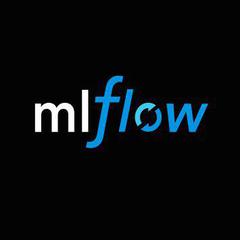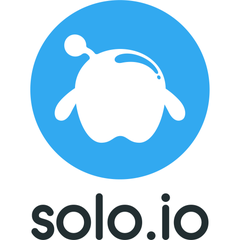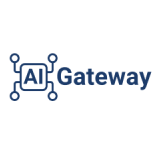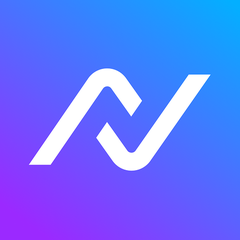
MLflow
MLflow is an open-source platform designed to streamline the machine learning lifecycle, encompassing experimentation, deployment, and model management. It integrates seamlessly with various ML libraries, enabling users to track experiments, package code for reproducibility, and manage models in a centralized registry, enhancing both traditional ML and GenAI workflows.
Top MLflow Alternatives
Kong AI Gateway
Kong AI Gateway empowers developers to accelerate the adoption of Generative AI by seamlessly integrating and securing popular Large Language Models (LLMs).
Gloo AI Gateway
Gloo AI Gateway offers a robust cloud-native solution for managing AI applications with advanced security and control.
AI Gateway for IBM API Connect
The AI Gateway for IBM API Connect serves as a pivotal control hub, enabling organizations to seamlessly access AI services through public APIs.
LiteLLM
LiteLLM serves as an AI Gateway, enabling seamless access to over 100 Large Language Models through a unified interface.
BaristaGPT LLM Gateway
The BaristaGPT LLM Gateway revolutionizes workplace productivity by enabling safe and responsible access to Large Language Models like ChatGPT.
AI Gateway
AI Gateway serves as a secure, centralized solution for managing AI tools, empowering employees to enhance productivity.
Undrstnd
Offering inference speeds up to 20 times faster than GPT-4 and costs up to 70...
Arch
By integrating specialized LLMs, Arch handles complex tasks such as query routing, function calling, and...
Kosmoy
By integrating various LLMs with pre-built connectors, it centralizes compliance and billing while enabling intelligent...
NeuralTrust
Its features include real-time threat detection, automated data sanitization, and customizable policies...
Top MLflow Features
- Seamless library integration
- End-to-end workflow management
- Unified ML and GenAI support
- Experiment tracking and visualization
- Central model registry
- Reproducible code packaging
- Diverse deployment environments
- Multi-language API support
- Command-line project execution
- Parameter and metric logging
- Data and configuration management
- Model annotation and discovery
- User-friendly UI for tracking
- Version control for code
- Cross-platform reproducibility
- Automated experiment comparison
- Integration with cloud services
- Support for custom metrics
- Easy collaboration among teams
- Interactive notebooks support.









